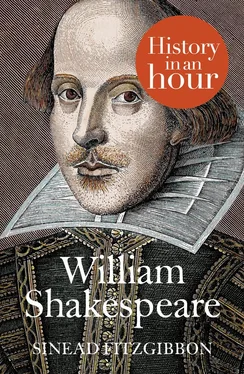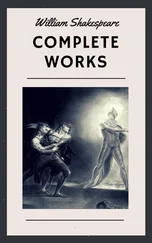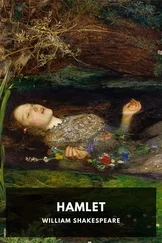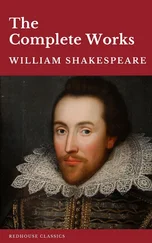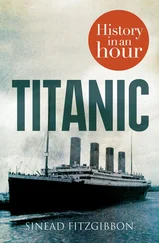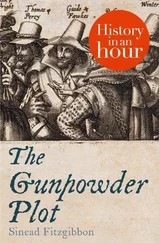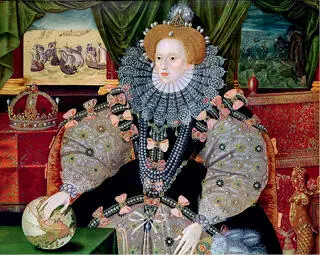
Elizabeth I c. 1588
It makes sense that this expansion of human consciousness would not remain confined to the realms of geography and science. It would ultimately spill over into the arts, ushering in a period of hitherto unmatched creativity, which became known as the English Renaissance. Music, architecture and the visual arts would all benefit from this explosion of innovation, but by far the most important developments would be seen in the literary – and especially the dramatic – arts.
Once the preserve of the royal court and aristocratic houses, the early Elizabethan era saw the democratization of drama, which would bring plays to the masses for the first time. Initially staged in the inns and bear-baiting arenas of London’s liberties, demand for this new form of entertainment was such that a purpose-built theatre called The Red Lion (the first to be constructed in London since Roman times) was soon completed in 1567. This was followed by The Theatre in 1576 and The Curtain a year later. Soon, aspiring playwrights were flocking to London in the hope of taking advantage of this revolution in mass entertainment. Thus, the stage was set for the emergence of the greatest English dramatist of them all, William Shakespeare.
The Childhood Years Contents Title Page WILLIAM SHAKESPEARE History in an Hour SINEAD FITZGIBBON Introduction Setting the Scene The Childhood Years The Family Years The Jack-of-All-Trades The Lord Chamberlain’s Men The King’s Men The Wooden O The Works The Autobiographical Author? The Affluent Years Shuffling Off This Mortal Coil The Contested Will Quartos, Folios and the Missing Plays The Authorship Debate Becoming the Bard Appendix 1: Key Players Appendix 2: Timeline of William Shakespeare 1564–1616 Appendix 3: An Approximate Timeline of the Complete Works c. 1590–1613 Got Another Hour? Copyright Конец ознакомительного фрагмента. Текст предоставлен ООО «ЛитРес». Прочитайте эту книгу целиком, купив полную легальную версию на ЛитРес. Безопасно оплатить книгу можно банковской картой Visa, MasterCard, Maestro, со счета мобильного телефона, с платежного терминала, в салоне МТС или Связной, через PayPal, WebMoney, Яндекс.Деньги, QIWI Кошелек, бонусными картами или другим удобным Вам способом. About the Publisher
The works of William Shakespeare are, without doubt, the most studied and admired in the English language. Indeed, they have inspired such a level of acclaim that, in 1901, George Bernard Shaw came up with the term ‘bardolatry’ in an attempt to describe our collective tendency to heap acclaim on our beloved verse-maker.
Despite this, and the fact that he has been the subject of innumerable scholarly researches and biographies, we actually know surprisingly little about the man himself. In fact, William Shakespeare made only four appearances on various official records before he turned up in London in the 1580s: at the time of his birth, his marriage, and the birth of his children. This was not unusual for the time – lower levels of literacy meant that there was less emphasis on record-keeping and bureaucracy while, in many cases, those documents that did exist have subsequently been lost to the passage of time. Another reason for this paucity of biographical information lies in the fact that the fashion for diary-keeping and memoir-writing (and the reading of these writings) only began to emerge in the mid-seventeenth century, some forty years after Shakespeare’s death. And even then, no one had the foresight to record for posterity the reminiscences of his last surviving daughter, Judith, before her own demise in 1662. As a consequence, William Shakespeare remains a ghost-like presence in his own story, a shadow that remains tantalizingly opaque. The first puzzling biographical detail we encounter is the question of his date of birth.
It has long been agreed that William Shakespeare was born on or close to 23 April 1564. There is pleasing synchronicity in this, considering he died fifty-two years later on the same date. The poetic resonance of this anniversary is further amplified when one realizes that England’s national poet shares his birthday with the feast day of England’s patron saint, St George. The coincidence is certainly compelling – or it would be, if it were true. Unfortunately, much like many other aspects of Shakespeare’s life, we simply cannot be sure of the veracity of this famous birth date.
The problem can be traced to the sixteenth-century preference for recording baptismal dates instead of birth dates. The recently born William Shakespeare makes his first official appearance in the baptismal records of The Holy Trinity Church in the Warwickshire parish of Stratford-upon-Avon, on 26 April 1565. Due to high infant mortality rates, and considering the prevalent belief that a child who died unbaptized could not enter heaven, it was thought imperative to get newborns to the baptismal font as soon as possible, usually between two and four days after the birth. In Shakespeare’s case, this would put his birthday somewhere between 22 and 24 April.
But the controversy does not end there. If we adjust this date range to reflect the fact that Shakespeare was born under the Julian Calendar (the Gregorian Calendar was not introduced until 1582), we find that his birth date falls somewhere in the first week of May. So the choice of 23 April, it would seem, is completely arbitrary – and, in all likelihood, incorrect.
Luckily, there is no such uncertainty surrounding the identity of Shakespeare’s parents. His father, John Shakespeare, a maker of gloves and other soft leather goods, originally hailed from the neighbouring village of Snitterfield. He relocated to Henley Street in Stratford in 1556 or 1557, a move which coincided with his marriage to Mary Arden, the daughter of a relatively wealthy local farmer. William was the third of eight children, and the first to survive infancy. Indeed, the very fact that he lived to see his schooldays was something of an achievement – quite aside from the usual diseases like measles, smallpox and dysentery, an outbreak of plague hit Stratford when William was just three months old which carried away one fifth of the town’s population.
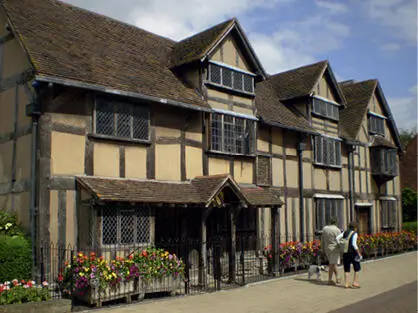
William Shakespeare’s birthplace, Henley Street, Stratford
Assuming his parents followed the conventions of the day, young William would have been sent to school around the age of seven. No educational records survive, but it is likely he would have attended the local grammar school, King’s New School, which accepted any boy from the town, provided he had rudimentary reading and writing skills. By this stage, Shakespeare’s father was fast becoming a respected member of the Stratford community, taking on a series of municipal jobs which would eventually see him rise to the post of chief alderman of the town. The increasing stature of the Shakespeare family makes it even more probable that King’s New School would have opened its doors to William.
Aside from its famous alumnus, King’s New School is remarkable for having a very highly paid headmaster – the records show that he drew a salary of £20 per annum, a significant sum for the time, and, it is believed, more than the remuneration received by the headmaster at Eton. This suggests that King’s New School was a decent educational establishment, and the instruction the boy received was likely to have been better than average.
Читать дальше
